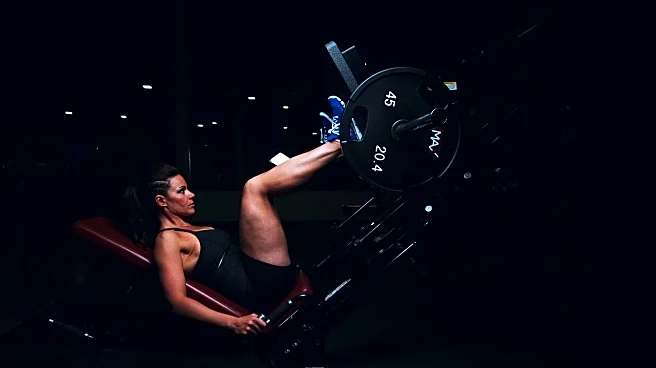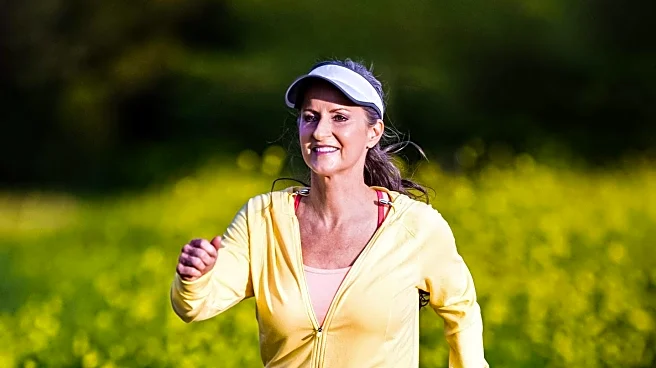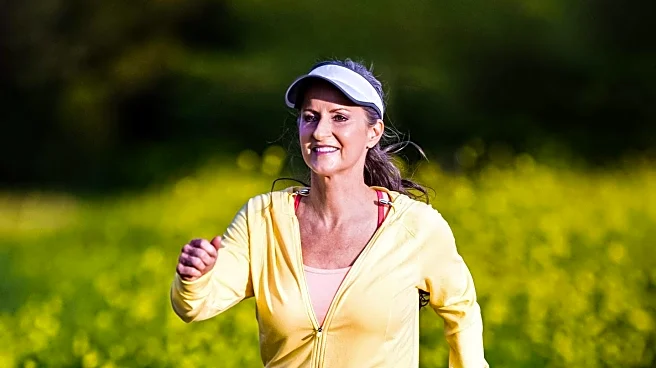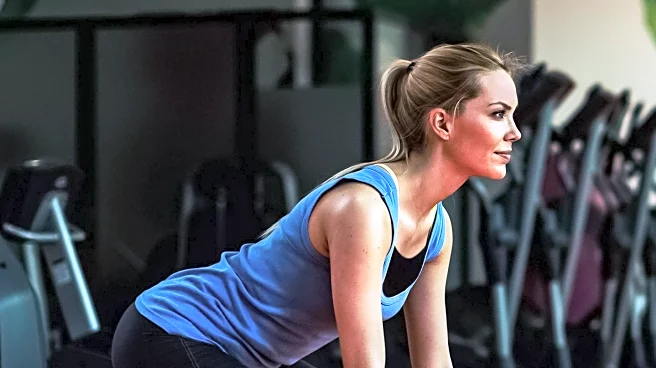What's Happening?
Stephen Sayers, a researcher at the College of Health Sciences at the University of Missouri, emphasizes the importance of power training for older adults. As individuals age, they experience a decline not only in muscle strength but also in the ability to move quickly, known as power. This decline begins in the 30s and accelerates after age 50, with muscle strength typically decreasing by 1-2% per year and power dropping even faster, up to 3-4% annually. Power training, which involves high-velocity resistance exercises, can help mitigate these effects by improving functional movement and maintaining independence. A study published in the Journal of Aging and Physical Activity found that power training was more effective than traditional strength training in enhancing mobility among older adults.
Why It's Important?
The decline in power and strength with age can significantly impact daily activities and overall quality of life for older adults. Power training offers a practical solution to preserve mobility and independence, reducing the risk of falls and injuries. By incorporating power training into regular exercise routines, older adults can maintain their ability to perform everyday tasks with ease, such as getting out of chairs or lifting groceries. This approach not only supports physical health but also contributes to mental well-being by fostering a sense of autonomy and confidence in one's physical capabilities.
What's Next?
As awareness of the benefits of power training grows, fitness programs and health initiatives may increasingly incorporate these exercises into their offerings for older adults. Healthcare providers and fitness professionals might advocate for power training as a key component of healthy aging strategies. Further research could explore the long-term effects of power training on various aspects of health, potentially leading to new guidelines for exercise in older populations.
Beyond the Headlines
Power training's emphasis on speed and force generation may also influence broader fitness trends, encouraging a shift towards more dynamic and functional exercise routines. This could lead to innovations in exercise equipment and training methodologies designed to enhance power and agility across all age groups.











